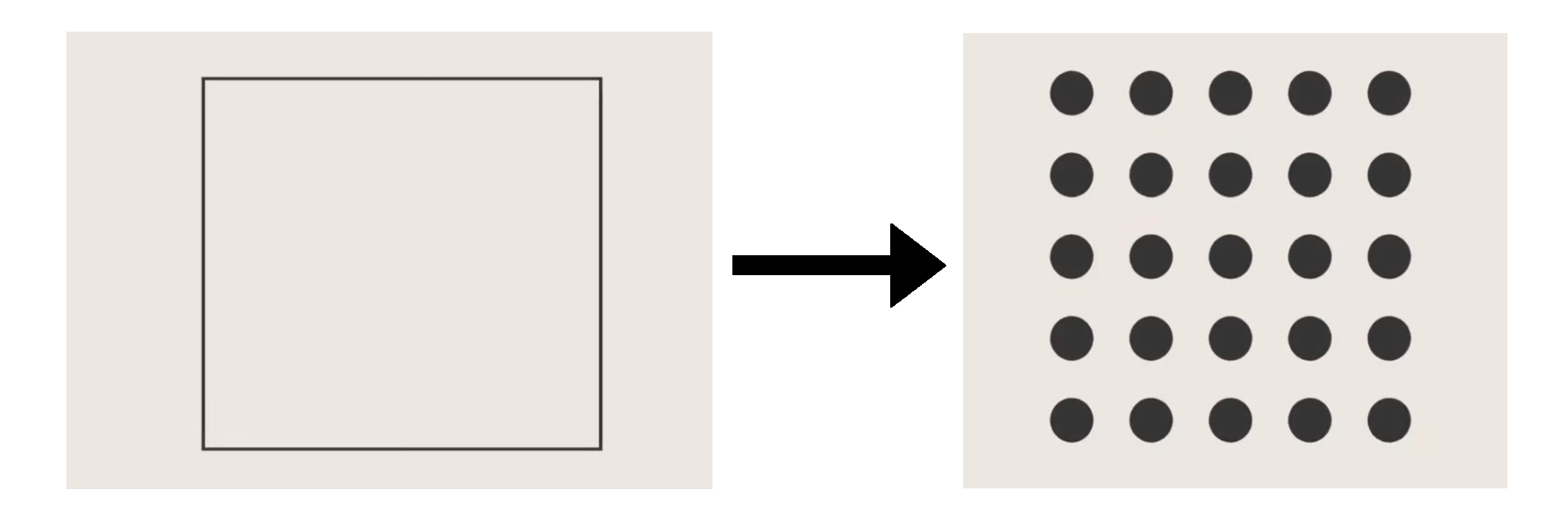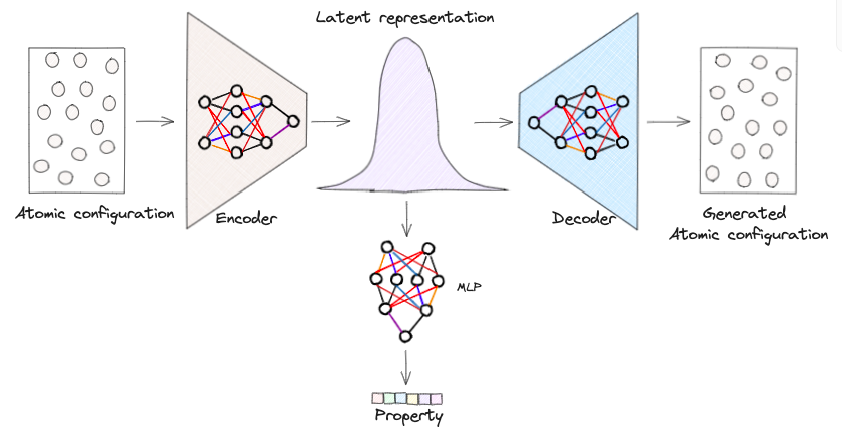1. 404
Page not found. Your pixels are in another canvas.
Page not found. Your pixels are in another canvas.
Hi! I’m Ravinder Bhattoo, assistant professor in the Department of Civil Engineering at the Indian Institute of Technology Indore. My research focus areas are machine learning-aided structural design, multiscale material modeling, physics-informed machine learning, graph neural networks, dynamic fracture and crack propagation on ballistic impact, molecular dynamics, and peridynamics. Previously, I have worked as a postdoctoral scholar in the Department of Civil and Environmental Engineering at the University of Wisconsin-Madison and as an early doc scholar in the Department of Civil Engineering at the Indian Institute of Technology Delhi. I earned my Ph.D. in Civil Engineering from the Indian Institute of Technology Delhi in January 2023, and my B. Tech. in Civil Engineering from the Indian Institute of Technology Roorkee in June 2015. My Ph.D. research focused on data-driven modeling and physics-informed machine learning for glass discovery.
Published:
 PeriDyn is a numerical simulation software designed to solve peridynamics problems. It is written in the Julia programming language, and offers a high level of flexibility and speed. PDBenchmark is built on top of the PeriDyn package, which provides a number of predefined material models and benchmark problems. This allows users to quickly set up and run simulations, and compare their results to established benchmarks.
PeriDyn is a numerical simulation software designed to solve peridynamics problems. It is written in the Julia programming language, and offers a high level of flexibility and speed. PDBenchmark is built on top of the PeriDyn package, which provides a number of predefined material models and benchmark problems. This allows users to quickly set up and run simulations, and compare their results to established benchmarks.
Published:
 PDMaterialPoints.jl is a Julia package that can be used to generate particle-based objects for peridynamics simulations. Peridynamics is a relatively new computational framework for simulating the behavior of materials that takes into account long-range interactions between particles or points in a material, instead of the traditional continuum-based approach. PDMaterialPoints.jl can be used to create particle-based objects, such as 2D and 3D meshes, that can be used as input for peridynamics simulations.
PDMaterialPoints.jl is a Julia package that can be used to generate particle-based objects for peridynamics simulations. Peridynamics is a relatively new computational framework for simulating the behavior of materials that takes into account long-range interactions between particles or points in a material, instead of the traditional continuum-based approach. PDMaterialPoints.jl can be used to create particle-based objects, such as 2D and 3D meshes, that can be used as input for peridynamics simulations.
Published:
PeriDyn is a numerical simulation software designed to solve peridynamics problems. It is written in the Julia programming language, and offers a high level of flexibility and speed. PDBenchmark is built on top of the PeriDyn package, which provides a number of predefined material models and benchmark problems. This allows users to quickly set up and run simulations, and compare their results to established benchmarks.
Published:
Physical systems are commonly represented as a combination of particles, the individual dynamics of which govern the system dynamics. However, traditional approaches require the knowledge of several abstract quantities such as the energy or force to infer the dynamics of these particles. Here, we present a framework, namely, Lagrangian graph neural network (LGnn), that provides a strong inductive bias to learn the Lagrangian of a particle-based system directly from the trajectory. We test our approach on challenging systems with constraints and drag—LGnn outperforms baselines such as feed-forward Lagrangian neural network (Lnn) with improved performance. We also show the zero-shot generalizability of the system by simulating systems two orders of magnitude larger than the trained one and also hybrid systems that are unseen by the model, a unique feature. The graph architecture of LGnn significantly simplifies the learning in comparison to Lnn with ∼25 times better performance on ∼20 times smaller amounts of data. Finally, we show the interpretability of LGnn, which directly provides physical insights on drag and constraint forces learned by the model. LGnn can thus provide a fillip toward understanding the dynamics of physical systems purely from observable quantities.
Download here
Published:
Despite the use of inorganic glasses for more than 4500 years, the composition–property relationships in these materials remain poorly understood. Here, exploiting largescale experimental data and machine learning, we develop composition–property models for twenty five properties, which are interpreted using game-theoretic concepts. Specifically, we use a dataset consisting of ∼275,000 glass compositions comprising of 221 different components and 25 properties. This is by far the largest model developed in the literature. The analysis reveals that the glass components, such as network formers, modifiers, and intermediates, play distinct roles in governing the optical, physical, electrical, and mechanical properties of glasses. Interestingly, these components exhibit interdependence, the magnitude of which is different for different properties. While the physical origins of some of these interdependencies could be explained using known phenomena, the majority of the remaining ones remain to be explored. Thus, our work paves the way for decoding the “glass genome”, which can provide the recipe for discovering novel glasses while also shedding light on the fundamental factors governing the composition–structure–property relationships.
Download here
Published:
Physics-informed Machine Learning for Structural Health Monitoring …
Published:
Generative Machine Learning for Truss Structures …
Krishnan, N. M. Anoop; Ravinder, R.; Kumar, Rajesh; Le Pape, Yann; Sant, Gaurav; Bauchy, Mathieu
Acta Materialia, 2019
Download here
Ravinder, R.; Kumar, Rajesh; Agarwal, Manish; Krishnan, N. M. Anoop
Scientific Reports, 2019
Download here
Rivera, Jared; Berjikian, Jonathan; Ravinder, R.; Kodamana, Hariprasad; Das, Sumanta; Bhatnagar, Naresh; Bauchy, Mathieu; Krishnan, N. M. Anoop
Frontiers in Materials, 2019
Download here
Bishnoi, Suresh; Singh, Sourabh; Ravinder, R.; Bauchy, Mathieu; Gosvami, Nitya Nand; Kodamana, Hariprasad; Krishnan, N. M. Anoop
Journal of Non-Crystalline Solids, 2019
Download here
Dhawan, Sameer; Ghosh, Sukanya; Ravinder, R.; Bais, Sachendra S.; Basak, Soumen; Krishnan, N. M. Anoop; Agarwal, Manish; Banerjee, Manidipa; Haridas, V.
Bioconjugate Chemistry, 2019
Download here
Nayak, Sumeru; Ravinder, R.; Krishnan, N. M. Anoop; Das, Sumanta
Materials, 2020
Download here
Ravinder, R.; Singh, Sourabh; Bishnoi, Suresh; Jan, Amreen; Sharma, Amit; Kodamana, Hariprasad; Krishnan, N. M. Anoop
Heliyon, 2020
Download here
Bhaskar, Pratik; Kumar, Rajesh; Maurya, Yashasvi; Ravinder, R.; Allu, Amarnath R.; Das, Sumanta; Gosvami, Nitya Nand; Youngman, Randall E.; Bødker, Mikkel S.; Mascaraque, Nerea; Smedskjaer, Morten M.; Bauchy, Mathieu; Krishnan, N. M. Anoop
Journal of Non-Crystalline Solids, 2020
Download here
Ravinder, R.; Sridhara, Karthikeya H.; Bishnoi, Suresh; Grover, Hargun Singh; Bauchy, Mathieu; Jayadeva; Kodamana, Hariprasad; Krishnan, N. M. Anoop
Materials Horizons, 2020
Download here
Ravinder, R.; Garg, Prateet; Krishnan, N. M. Anoop
Advanced Theory and Simulations, 2020
Download here
Ravinder, R.; Kumar, Abhishek; Kumar, Rajesh; Vangla, Prashanth; Krishnan, N. M. Anoop
Journal of the American Ceramic Society, 2020
Download here
Ravinder; Venugopal, Vineeth; Bishnoi, Suresh; Singh, Sourabh; Zaki, Mohd; Grover, Hargun Singh; Bauchy, Mathieu; Agarwal, Manish; Krishnan, N. M. Anoop
International Journal of Applied Glass Science, 2021
Download here
Bhattoo, Ravinder; Ranu, Sayan; Krishnan, N. M. Anoop
Preprint, 2021
Download here
Bishnoi, Suresh; Ravinder, R.; Grover, Hargun Singh; Kodamana, Hariprasad; Krishnan, N. M. Anoop
Materials Advances, 2021
Download here
Zaki, Mohd; Venugopal, Vineeth; Bhattoo, Ravinder; Bishnoi, Suresh; Singh, Sourabh Kumar; Allu, Amarnath R.; Jayadeva; Krishnan, N. M. Anoop
Journal of the American Ceramic Society, 2022
Download here
Bhattoo, Ravinder; Ranu, Sayan; Krishnan, N. M. Anoop
Advances in Neural Information Processing Systems, 2022
Download here
Thangamuthu, Abishek; Kumar, Gunjan; Bishnoi, Suresh; Bhattoo, Ravinder; Krishnan, N. M. Anoop; Ranu, Sayan
Thirty-sixth Conference on Neural Information Processing Systems Datasets and Benchmarks Track, 2022
Download here
Bishnoi, Suresh; Bhattoo, Ravinder; Jayadeva, Jayadeva; Ranu, Sayan; Krishnan, N. M. Anoop
The Eleventh International Conference on Learning Representations, 2023
Download here
Bhattoo, Ravinder; Ranu, Sayan; Krishnan, N. M. Anoop
Machine Learning: Science and Technology, 2023
Download here
Bishnoi, Suresh; Bhattoo, Ravinder; Jayadeva, Jayadeva; Ranu, Sayan; Krishnan, N. M. Anoop
ICLR 2023 Workshop on Physics for Machine Learning, 2023
Download here
Bhattoo, Ravinder; Bishnoi, Suresh; Zaki, Mohd; Krishnan, N. M. Anoop
Acta Materialia, 2023
Download here
Published:
…
Published:

Published:
Published:
Published: